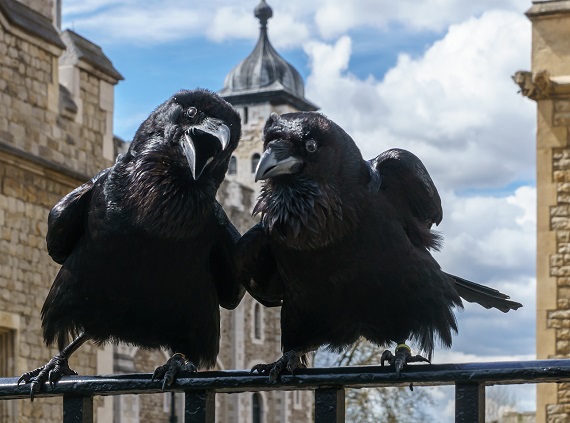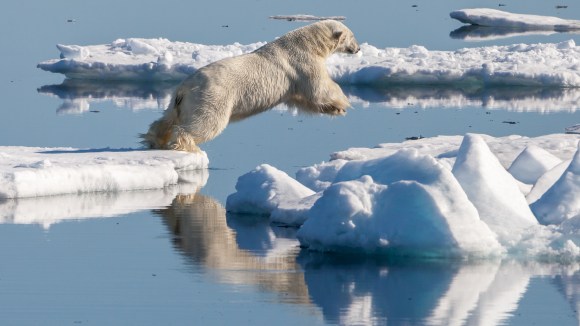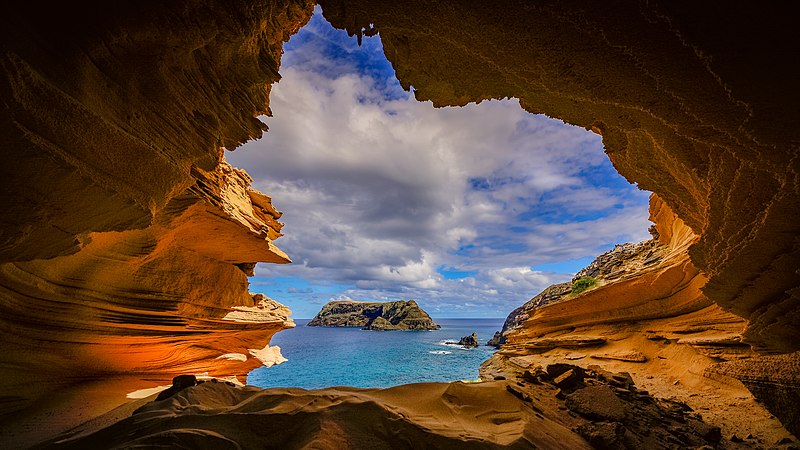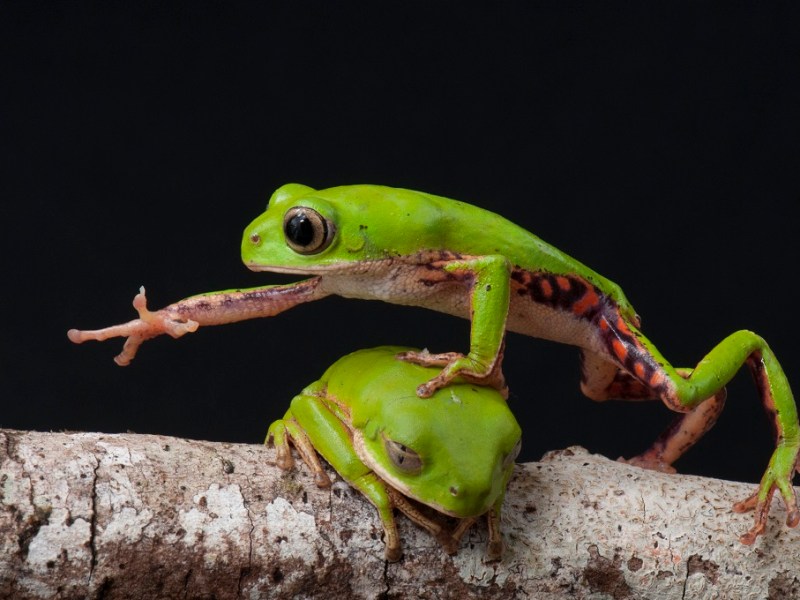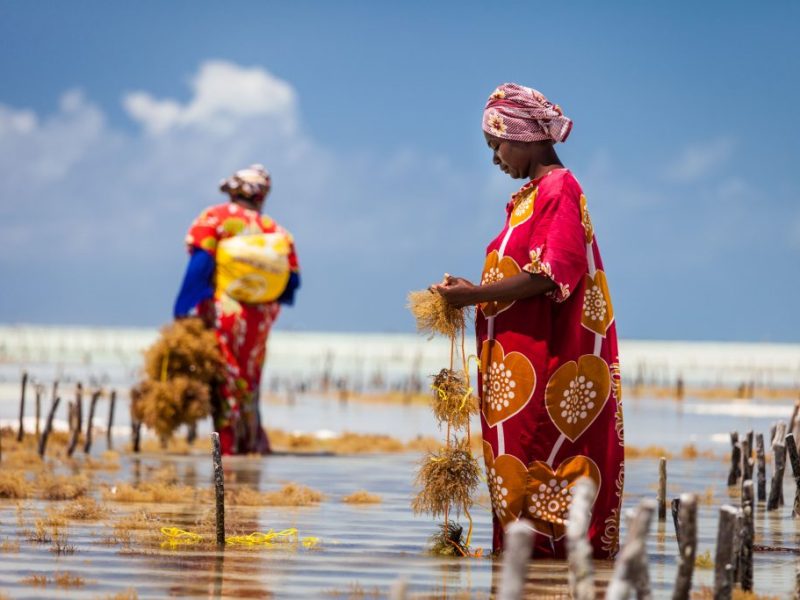The results are in, and the Wikimedia Commons picture of the year has been announced: a pair of ravens that clearly don’t have stage fright.
The intriguing image, seen above, features Jubilee and Munin, two of the Tower of London’s six ravens. It was captured by long-time Wikimedia volunteer Colin. According to the Wikipedia article about the ravens, it is said that their presence helps protect the British throne, as “a superstition holds that ‘if the Tower of London ravens are lost or fly away, the Crown will fall and Britain with it’.” All six are enlisted as soldiers in the British army, and are prevented from flying great distances by the clipping of one wing.
Animals fared very well in this year’s competition, taking the top three and five of the top seven spots. The second place image showed two elephants casually strolling down a road in Thailand, and third place featured a polar bear jumping between ice floes after missing out on a tasty seal dinner. In our interview with the photographer (Andreas Weith) late last year, he told us that “you need to know that nature will present you with very short-lived situations that will never come back.”
———
Colin, who has 14,000 edits and uploaded over 800 images to the website, discovered Jubilee and Munin’s antics while on a family excursion to the Tower of London. “We did all the usual tourist things of seeing the crown jewels and getting a tour,” he told us. “These two ravens were posing together on a railing, and I joined with everyone else in taking photos of them. They are big birds, and very intelligent. When I got home, I discovered this photo captured a funny moment where they seemed to be doing a little song and dance routine, with their wings out slightly and one bird talking.”
As it turned out, he snapped the award-winning photo at the perfect time. Seconds after taking the shot, he captured the ravens looking like they’re walking away from a fight or have bid each other adieu.
Last year, Colin’s fellow Wikimedia editors voted to grant “featured” status to the image, a marker of quality used on the site and other Wikipedias to denote their best work. This made it eligible in the picture of the year competition, in which over 3,600 people voted for their favorite. “I wasn’t sure whether it would succeed as a featured picture, since it isn’t the usual encyclopaedic photograph of a bird specimen and it wasn’t quite as sharp as I’d have liked,” he said. “I think people find it amusing and it captures the character of these clever birds.”
Colin’s usual photographic work focuses on buildings; indeed, these ravens were a fortunate side effect of the journey to the Tower of London, which he took several shots of on the same day (example). We asked about what drew him to structures:
| “ | Like many keen amateur photographers, I take photos on holiday and like to share those, and I’m particularly fond of photographing Scotland, where I’m from. I’m fortunate I work in London, which has loads of fantastic photo opportunities. One of my favourite weekends is Open House London in September, where hundreds of interesting buildings are open to the public. That’s been a gold mine for unusual building-interior photos such as the Lloyd’s Building and City Hall. You get a chance to visit places that are usually not accessible, like the dome of Westminster Central Hall, which has one of the best views in London.
Considering how big London is, there are very few people living here taking good photos for Commons or Wikipedia. One such is David Iliff , who is an inspiration for many people on Commons. He is best known for taking hundreds of great photos of English cathedrals, though he’s gone back home to Australia now and is busy with his new family. He encouraged me to make high-resolution images by stitching together many photos with panoramic software. An example is my photo of the Royal Albert Hall, which is composed of 21 frames each with 3 different exposures, resulting in a 171 mega-pixel image. That image came second in Wiki Loves Monuments 2016. My favourite photo is of the interior of Paisley Abbey, which is in my home town, though of course much of the credit must go to the amazing craftsmen who built it. |
” |
This photo and the other eleven winners are all available under free licenses on Wikimedia Commons, the online repository of free-use images, sound, and other media files.
The two ravens above, for instance, are licensed under Creative Commons’ CC BY-SA 4.0—meaning that can be used by anyone, anywhere, subject only to certain requirements like attribution to the creator (Colin) and sharing any remixes under a similar license.
You can find more information on previous picture of the year competitions over on Commons.
———
Ed Erhart, Editorial Associate, Communications
Wikimedia Foundation
